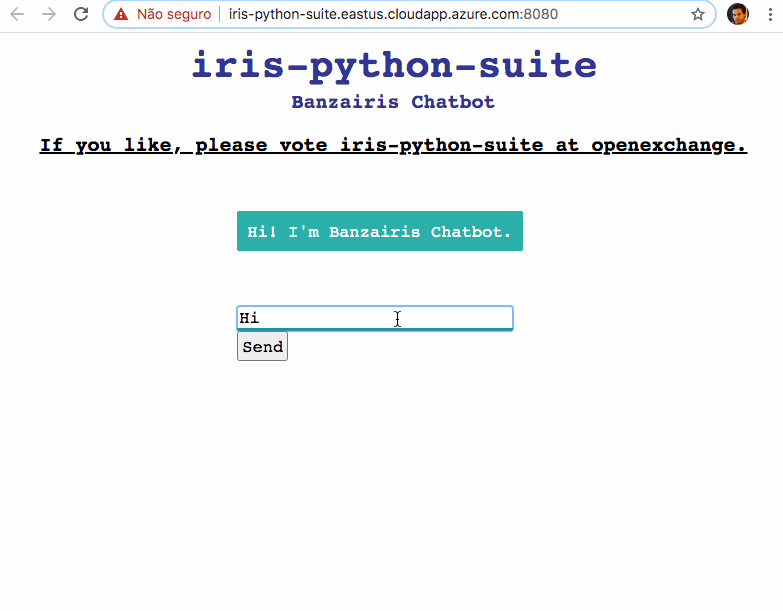In this series of articles, I'd like to present and discuss several possible approaches toward software development with InterSystems technologies and GitLab. I will cover such topics as:
- Git 101
- Git flow (development process)
- GitLab installation
- GitLab Workflow
- Continuous Delivery
- GitLab installation and configuration
- GitLab CI/CD
- Why containers?
- Containers infrastructure
- CD using containers
- CD using ICM
- Container architecture
In this article, we would talk about building your own container and deploying it.





.png)